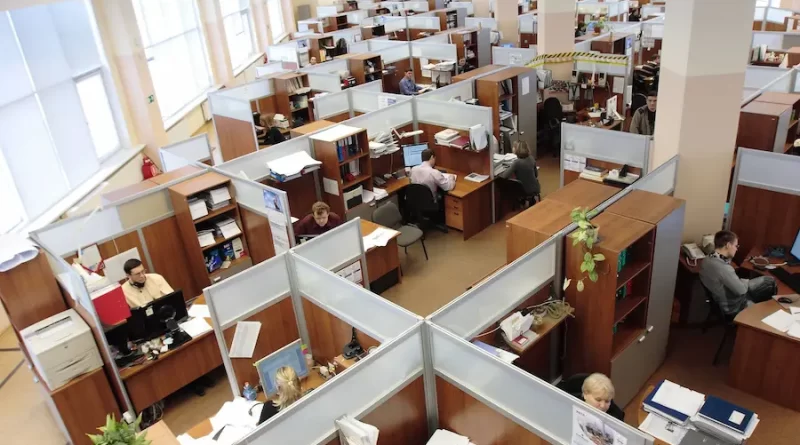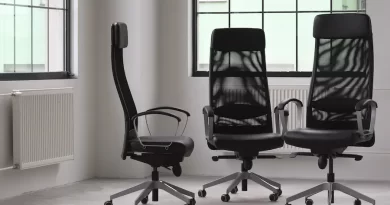How Are Modern Workplaces Being Redesigned?
In recent years, the world of work has undergone some significant changes. Older employees or those who have recently retired will be able to recount memories of office work that took place in small cubicles and required the use of a computer that was far less sophisticated than those available for today’s workers.
Only a few decades ago, computers would be linked to a work-based network as the internet was not commonly used in daily business life; tasks would be routine in nature and would require the employee to spend most of their time sat in a shared physical workspace in a centralized office building.
Today in 2023, technology has progressed to a level which can change how work is undertaken and where it must take place. These developments have been instrumental in providing the ability to redesign working spaces. In this article, some of the key ways in which workplaces are being redesigned will be explored.
Moving away from shared spaces
As previously mentioned, traditional office work a few decades ago required staff to be present in a shared physical location such as a corporate building. Today this is no longer a necessity. Remote and hybrid models of work are now an accepted part of business culture, and it is estimated that 52% of the working population now undertake hybrid forms of working.
For many, this means that the home office environment has become a part of working life. Staff will create minimalist designed spaces in spare rooms of their homes that promote focus throughout the day and contain little more than a company laptop, a printer, and office furniture. You can see some common designs for home office setups by clicking here.
Upgrading key communications infrastructure
Corporate offices have undergone some significant design changes to their communications infrastructure in the last few years. Today, the old system of telephone networks is being replaced with SIP trunking setups that use the internet to make and receive calls rather than a physical system of copper wires.
This is extremely advantageous to businesses as they can plan for growth in their teams (and additional phone capacity) by simply upgrading telephony software rather than by installing new physical connections to allow for additional phone lines. This can also lead to cost reductions in making calls along with the flexibility in designing office spaces without the need for planning them with wiring considerations having to be factored in.
Designing recreation into workspaces
As a final point, recreational spaces are now becoming a key part of office life. These are planned into the design of working areas to give staff the opportunity to take regular breaks to rest and reinvigorate after focusing intensely on tasks and projects.
At first, these spaces were planned into the leading companies, especially those that operated in the tech industry and focused on flat organizational hierarchies. Today, they are becoming commonplace in a wide range of businesses as the value of taking “time out” during the working day to boost overall productivity levels becomes more widely understood.




